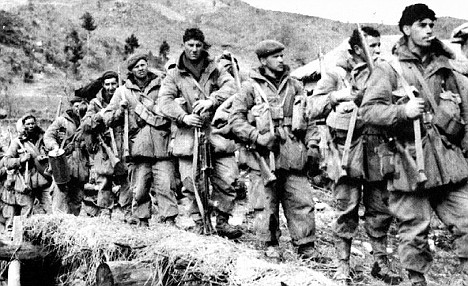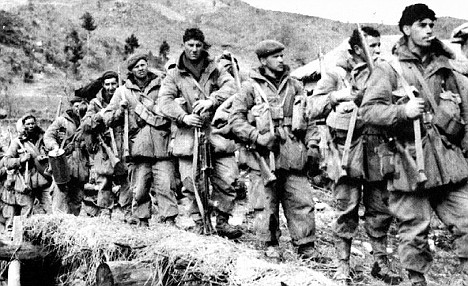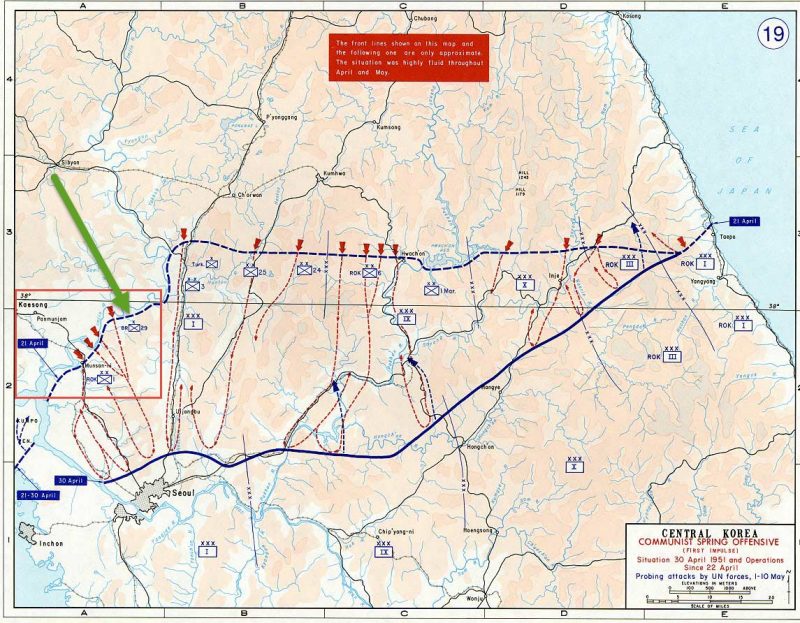Unique in all the British Army, the “Glorious Glosters” wear badges on the front and the rear of their berets. This right was earned in a noteworthy battle against Napoleon’s army in Alexandria, Egypt in 1801.
The outmanned ranks of the 28th (North Gloucestershire Regiment of Foot) were given the order “Front rank stay as you are, rear rank about turn.” They held their ground in a desperate battle and the British accepted the surrender of the French garrison a few months later.
The Glosters is a regiment that has earned battle honours in wars from Quebec to India, Crimea to South Africa, and everywhere in between. It won over 80 distinct battle honours in World War One alone. The regiment bore the brunt of the evacuation at Dunkirk, as well as the D-Day landings and the Battle of Normandy during World War Two.
For all this history, the greatest battle of all for the “Glorious Glosters” was at Imjin River in Korea in 1951. They were virtually annihilated by an enormous Chinese army that came in like “a swollen wave….breaking on the shore…” in the words of the late Sir Anthony Farrar-Hockley, who served as a captain in that battle.
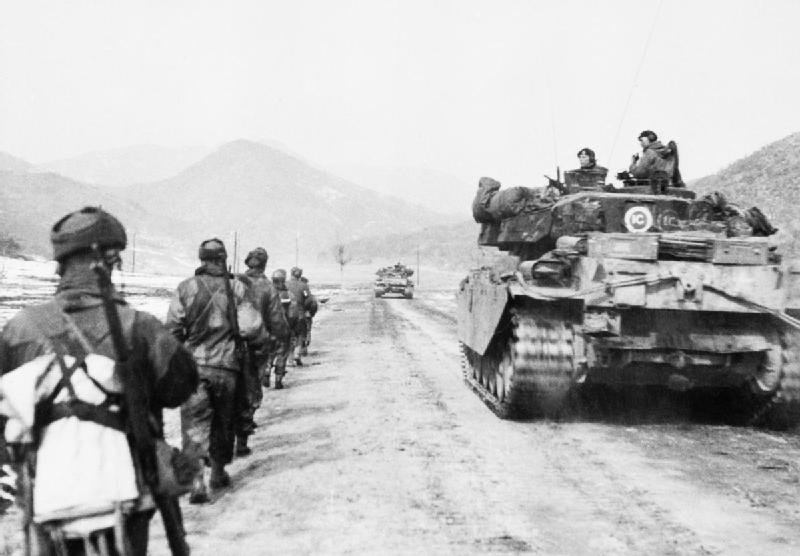
By 1951, the United Nations forces had successfully repelled the Soviet-supported North Korean army, led by Kim Il-Sung, from the southern part of the peninsula, and pushed the dividing line to north of the 38th parallel.
Alarmed, the Chinese entered the conflict on the side of communists. By April 1951, the Chinese Spring Offensive was underway seeking to cross at the Imjin River, the historical key to capturing Seoul.
The battle for Battle of the Imjin River also known as the battle for Gloster hill. The Glosters, part of the 29th Brigade, are on the left at the green arrow. – Wikipedia
The attack came around midnight on April 22, 1951 after the Chinese had marched seventeen miles and continued moving forward rather than resting. Appalled British patrols reported “huge forces” coming across the river – an entire division of 10,000 men were ready to attack about 3,000 men, including 650 Glosters, who were guarding a 12-mile line along the river bank.
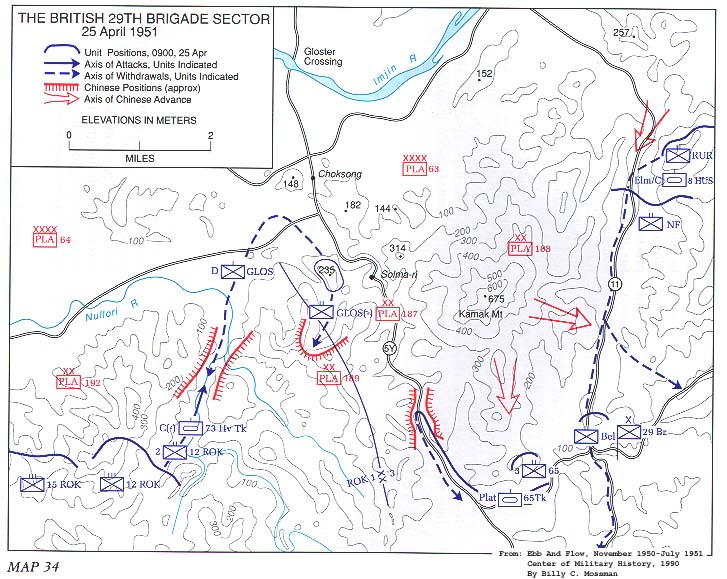
The attack came around midnight on April 22, 1951 after the Chinese had marched seventeen miles and continued moving forward rather than resting. Appalled British patrols reported “huge forces” coming across the river – an entire division of 10,000 men were ready to attack about 3,000 men, including 650 Glosters, who were guarding a 12-mile line along the river bank.
The defenders fought gallantly, unleashing murderous volleys of small arms fire, grenades and mortars. The attackers continued to advance, eventually taking the hilltops overlooking the river valley and using these outposts to rain down a hail of bullets on the over-matched defenders.
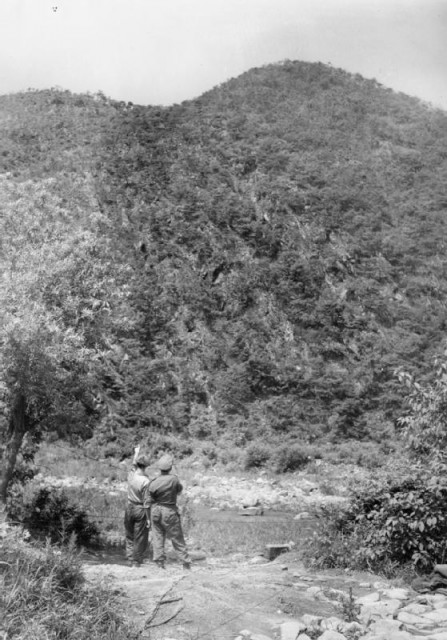
With no relief coming after two days of battle, the remaining 550 Glosters were surrounded, and every man was left to his own devices in trying to reach American positions a few miles distant.
Only about forty of the men reached safety, with the remaining eventually smashing their own weapons and surrendering to the Chinese. They became prisoners of war for as long as two years in some of the most horrible conditions imaginable.
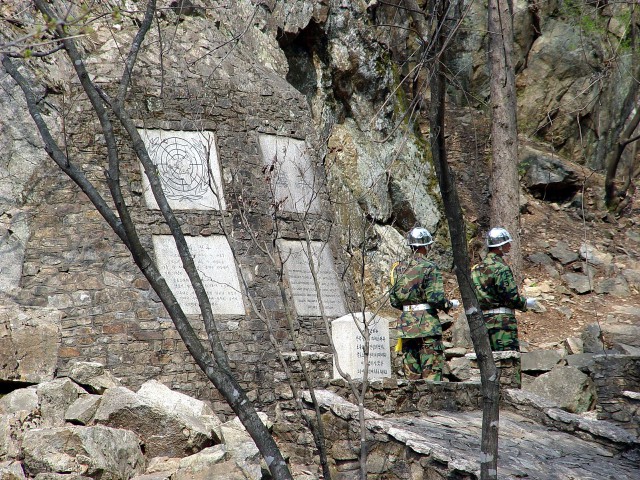
Because of the efforts of the Glosters and the other defenders, the Chinese offensive was halted, and the US 8th Army counter-attacked, pushing the communist forces back beyond the 38th parallel, which ever since has been the de facto border between North and South Korea.
For their heroism at Imjin River, the Glosters were awarded two of the seven Victoria Crosses that they and their illustrious predecessors have been awarded throughout their long history.
The regiment was also recognized by the United States, which awarded them the Distinguished Unit Citation for their heroic last stand against overwhelming enemy forces.
